
Your dog may be perfectly calm and have no behavior problems around women and children, but it may become a completely different dog when a man enters the room or tries to approach. Some dogs try to hide or start cowering, shaking, or urinating out of nervousness. Others become anxious or show signs of aggression, like growling or baring their teeth. In some cases, a dog may unexpectedly attack or bite a man.
However, a fear of men is not an uncommon phobia in dogs, and some very well-behaved and well-adjusted dogs share this fear. Fortunately, there are some things you can do to help your dog overcome its fear and learn to accept the men it encounters.
When people discover that a dog is afraid of men, they often attribute the fear to a bad experience. However, there are a variety of reasons why your dog may fear men in general or only those who are not part of its immediate family.
The difficulty of correcting this behavior depends on the severity of your dog's fear. Some dogs are only mildly fearful, while others may be terrified. No matter what, remember to be patient with your dog, because it can take a lot of time for any dog to overcome any phobia. In the meantime, keep things as positive as possible and try a few things to help ease your dog's anxiety.
First of all, you should not force your dog beyond its comfort zone. If there are men in your household or men who visit frequently, avoid pushing your dog to accept their attention. Your attempts can backfire and actually strengthen the fear. In the worst-case scenario, your efforts may lead the dog to bite either you or the man if it's prevented from escaping.
Allow your dog to approach men on its own. This may be hard for a man who loves dogs, but the best thing he can do is ignore the fearful dog. Trying to force friendship on the dog may have the opposite effect and intensify the dog's fear. Allow your dog to decide how close it wants to get to any man.
When you're trying to break your dog of this fear, be sure that any man you enlist to help you keeps treats handy while he's around your pet. Whenever the fearful dog gets even a little closer than usual, the man can very gently toss a couple of treats in the dog's direction. It may take a while for the dog to accept treats from a man, but eventually, you may be able to train your pup to expect good things when it approaches a man.
Desensitization is the process of using treats and praise to gradually let your dog know that it's safe to approach men. In severe cases, don't start out with the dog and a man in the same room. Instead, try to keep your dog a safe distance from the man, while you give it treats and praise.
Over time, you may be able to slowly close the distance between the dog and the man without the dog succumbing to its fear. While your dog may never feel completely comfortable around men, it may develop the ability to be in the same room without showing aggression.
If your dog's fear is especially pronounced, it's beneficial to have the help of an experienced dog trainer or behaviorist. A professional will be able to gauge your dog's comfort level and can help you move ahead safely in the process of desensitization.
The better trained your dog is, the more likely you'll be able to get it to focus on you in stressful situations. Make obedience training part of your daily routine with your fearful dog and you should begin to see signs of progress.
If a fearful dog is successful in chasing a man away by biting him, it's more likely to bite again. Rather than escalate your dog's fear-based aggression, your best bet is to take precautions to prevent that first bite. Keep the dog in a different room or its crate when a man is visiting. If you typically encounter men when you're walking your dog, a muzzle might be a good idea. If your dog needs to wear a muzzle, be sure it is big enough to allow for panting so your dog doesn't overheat. Communicating that your dog is afraid will also help reduce unpleasant situations. If you see someone approaching that you know your dog will not react well to, inform them of the situation and try to avoid further contact.

Cute Pictures & Facts About Calico Cats & Kittens
Learn fascinating facts about calico cats, including photos, the genetics behind this color combination, and common folklore and traditions.
How to Prevent Cat Separation Anxiety During Vacations
Discover why cats develop litter box problems and cat behavior problems when you go on vacation and what you can do about it to help them.
Cat Behavior Changes That Might Mean Something's Wrong
Cats' behavioral changes may indicate problems—or they may mean nothing at all. Explore causes of odd behavior and what to do about them.
Lhasa Apso: Dog Breed Characteristics & Care
The Lhasa apso is an ancient breed from Tibet that was bred to be a watchdog. Learn about its history, health, exercise needs, and more.
Reasons Why Dogs Run Away and How to Stop It
Dogs can escape, especially if they’re bored and not properly contained. Here are some techniques for stopping your dog from running away.
Can Dogs Get Depression? How to Help Your Sad Dog
Can dogs get depression? Learn about the signs of depression in dogs and find out how to help your sad dog.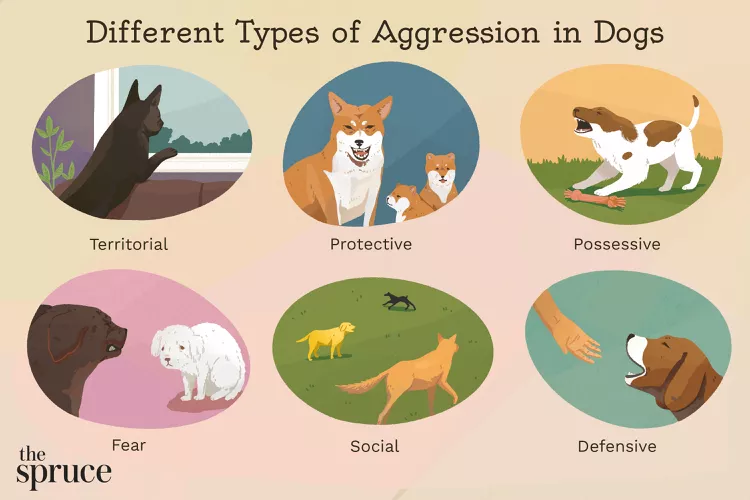
How to Stop Aggression in Dogs
Dog aggression can be a serious behavior issue for pet owners. Learn how to stop aggression in dogs before someone gets hurt.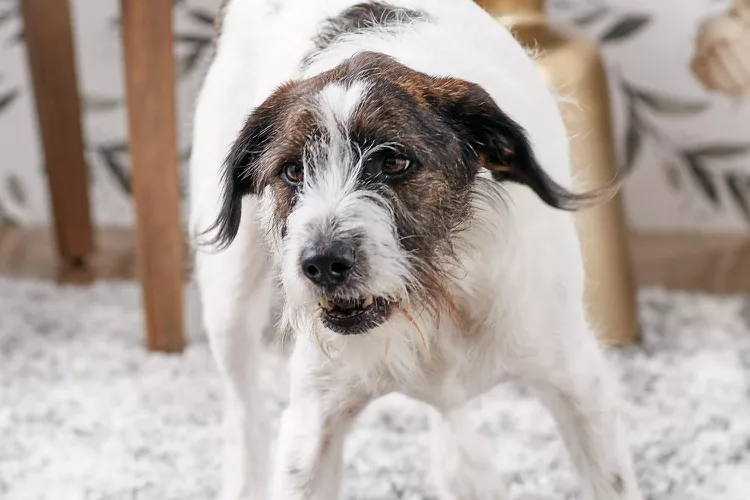
How to Stop Your Dog From Growling
A growling dog can soon become even more aggressive. Reduce the noise and potential for a dangerous situation with some of these techniques.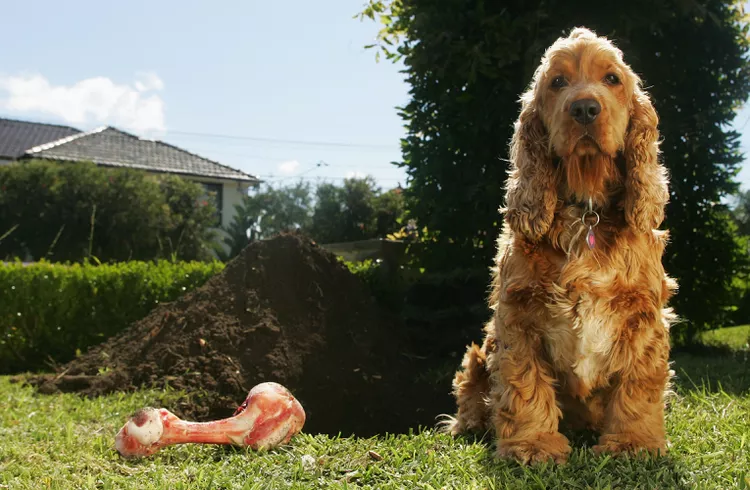
Why Do Dogs Dig Holes? How to Stop Your Dog from Relandscaping Your Yard
Dogs have been digging holes for centuries and for many reasons. Whether they’re bored or want to cool off in the dirt, here are the top reasons why dogs dig holes.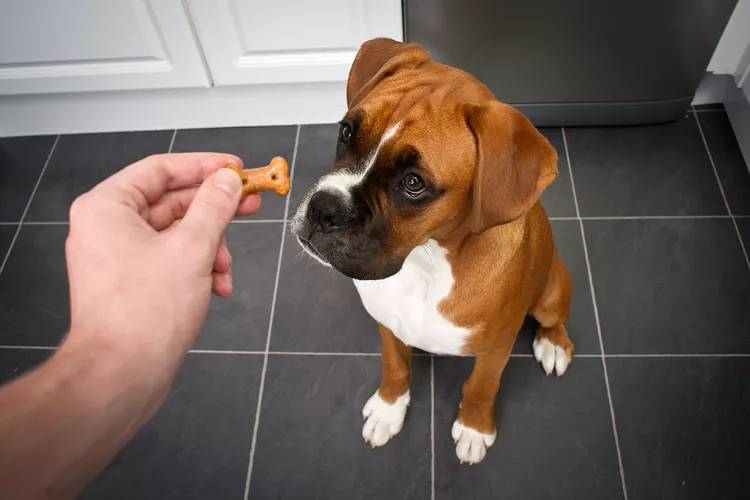
Dog Treat Varieties
Learn about the different types of dog treats on the market and decide which are best for your dog.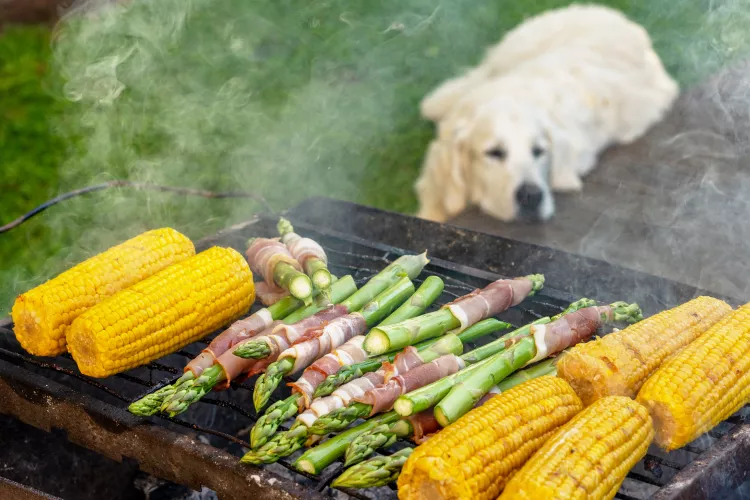
Can Dogs Eat Asparagus?
Dogs can eat asparagus, provided the vegetable is cooked plain and cut up for them. Seasonings, salt, and butter make it unhealthy for dogs.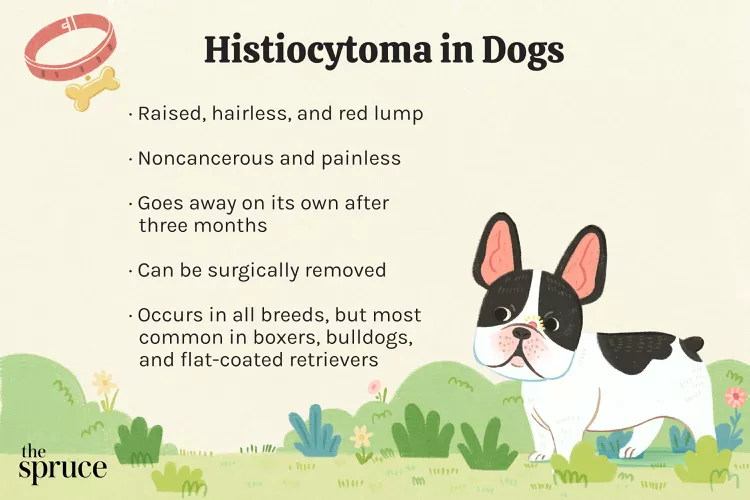
Histiocytomas in Dogs
A histiocytoma is a type of benign (non-cancerous) skin lump that usually affects young dogs. Learn the causes, treatment, and prevention.
Why Is My Dog’s Eye Swollen?
If your dog's eye is swollen, she may need veterinary attention. The inflammation could be caused by allergies, an injury, or even a tumor.
Common Bugs and Parasites Found on and Inside Dogs
Learn about common types of parasites in dogs. Find out how to treat and prevent parasites to keep your dog, your family, and yourself safe.
Exploring the Different Types of Pet-Friendly Beaches
Are you looking for pet-friendly beaches? Learn about the different types of pet-friendly beaches, their locations, and tips for visiting them with your pet.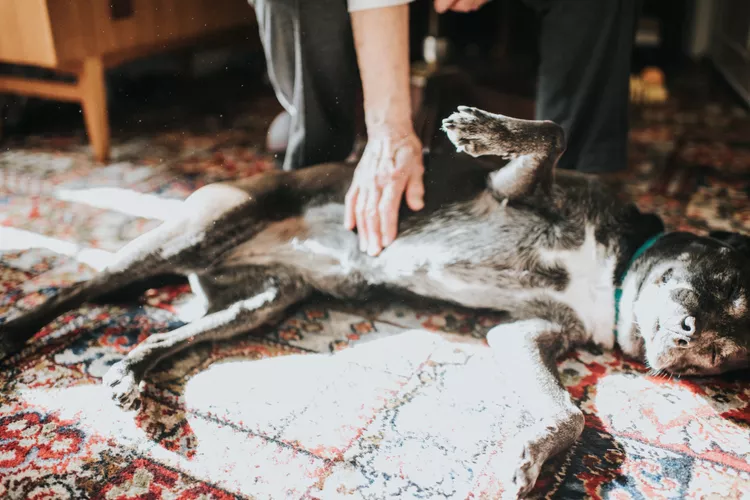
10 Obscure, Little-known Canine Facts in Honor of National Dog Day
With National Dog Day upon us, it's time to celebrate everything about our favorite pets—even the weirder stuff. Here are 10 obscure facts about dogs you probably didn't know.
Kitten Development From 3 to 6 Months Old
Kittens grow and change a lot during their first year. Find out what happens between the ages of three months and six months old.
95 Siamese Cat Names
Our list of Siamese cat names has diverse and fun options to help you choose the ideal moniker for your elegant and lovable feline companion.
What to Buy for Your New Cat: A List of Essentials
Before you bring your new cat or kitten home, there are a number of things to collect or buy so your cat will feel welcomed like a family member.
The 6 Best Cat Nail Clippers of 2024 for a Safe Trim
Clipping your cat's nails can save your furniture and keep your kitty comfortable. We asked veterinarians for their cat nail clipper recommendations.